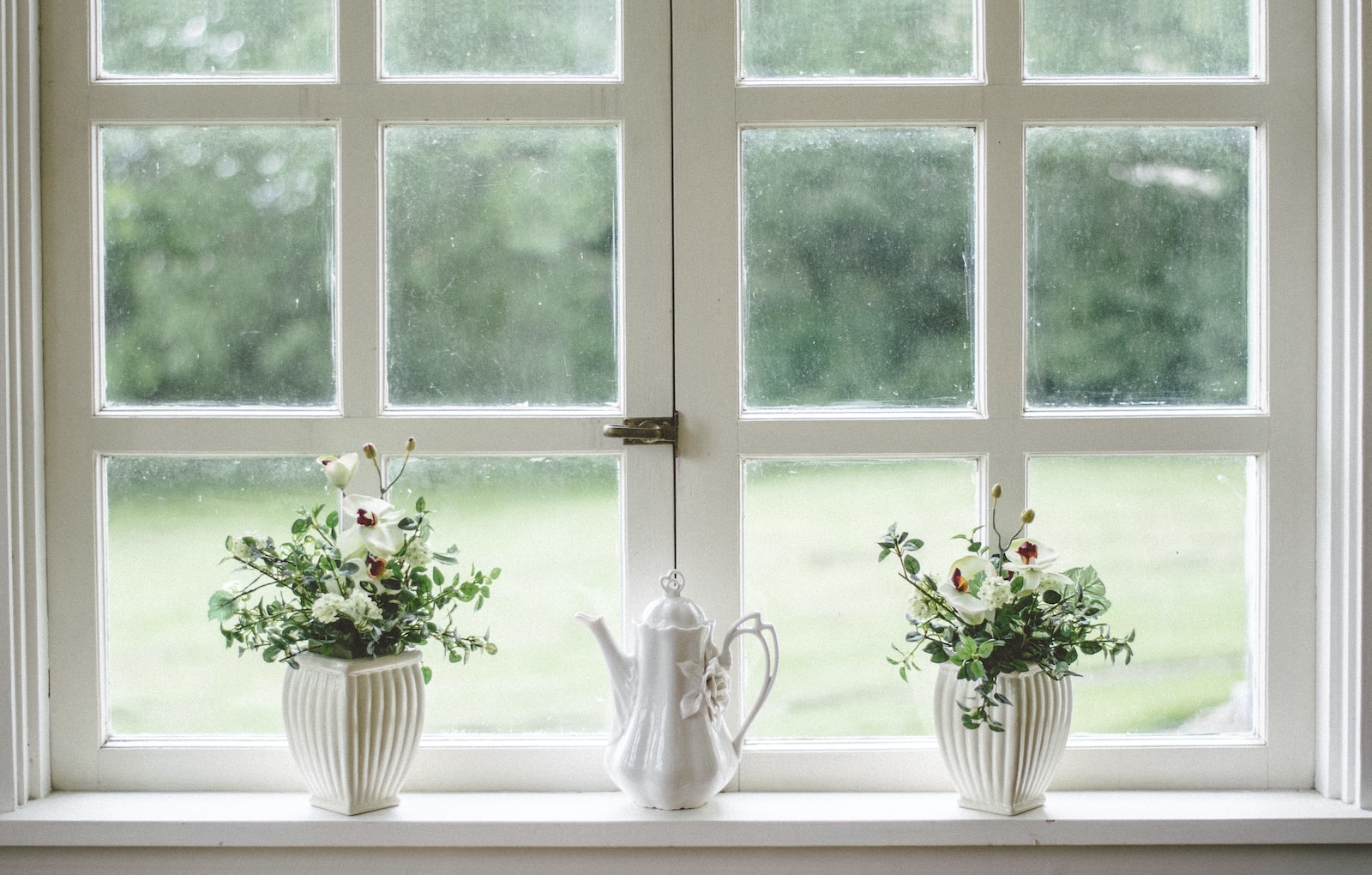We all know windows are a key element of any home, providing much-needed natural light and fresh air. But have you ever stopped to consider the other benefits that come from having quality home windows?
Modern windows provide energy efficiency, noise reduction, and protection from the elements, not to mention a crisp aesthetic that can give your home an instant facelift. Home windows are more than just functional and stylish, they can be a major selling point when it comes time to put your property on the market.
In this post, we’ll explore what goes into choosing the right window for your house and how understanding some basic information about their operation will help you understand why they’re such an important feature of any smartly designed residence. So let’s dive in!
Step 1: Determine What Type of Window You Need

When it comes to choosing the right home windows for your house, the first step is determining what type of window you need. Various types of windows are available, such as awning windows, casement windows, sliding windows, and bay or bow windows.
Awning Windows are hinged at the top and open outward from the bottom like an awning. Casement Windows feature single sashes that open outwards on hinges placed on one side. Sliding Windows features two rails with panels that slide horizontally past each other. Bay or Bow Windows are large curved units that project outward from your wall and create an interesting look in any room in your house or office building.
Each type of window has its own set of advantages and disadvantages depending on what you’re looking for in terms of aesthetic appeal, energy efficiency ratings, ventilation features, ease-of-accessibility, cost-effectiveness, etc., so be sure to consider all options before making a decision when it comes to choosing new home windows for your house!
Types of Windows
When choosing the right type of windows for your home, it’s important to understand them. Common home window types include casement and double-hung, awning and hopper, bay and bow, picture, slider, and garden.
Casement and double-hung windows are two of the most popular types, with casements offering excellent air circulation due to their wide-open design. Double-hung windows feature two sashes that can be opened from top to bottom.
Awning and hopper windows are often used near stairs or basements as they feature a compact size which allows them to fit into tight spaces. Bay and bow windows offer an attractive option as they protrude outward from the house, providing a beautiful view while also adding more space to your room. Picture windows provide great light but cannot be opened, while sliders have one fixed pane along with one sliding pane, which can be adjusted to let more air in if needed. Last but not least is the garden window that offers exterior views while also providing extra ventilation thanks to its unique shape!
Step 2: Determine the Right Size and Shape of the Window

After you have decided on the type of window that will best suit your needs, it’s time to determine the size and shape. The right window size is essential for ensuring a proper fit and allowing in just the right amount of natural light. Additionally, the shape can impact your home’s appearance, so be sure to pick an option that enhances its aesthetic.
When choosing the size, take precise measurements of each area where you plan to install a window (including length and width) until you find one that fits perfectly. If necessary, adjust moldings or casings around existing windows for optimal results.
As far as shape goes, many options are available depending on your needs – from simple rectangular styles to more intricate shapes like octagons or circles. Consider how each would look with your home’s architecture before making a decision – it may even be worthwhile consulting an expert window installer for advice if needed!
Step 3: Choose the Right Material for Your Window
Window materials are some of the most important aspects to consider when choosing new home windows. Different types of materials offer different benefits, from durability and energy efficiency to price and style.
Home windows are generally made if three different in the residential market: vinyl, wood, and fiberglass. Vinyl is a lightweight material that is easy to install and won’t corrode or rot over time. It also offers great insulation properties, which can help keep your home warm in winter or cool in summer without spending too much on energy bills.
Wood-framed windows offer classic charm with natural beauty that can be customized with various paints, stains, and finishes. Although they require more maintenance than other window frames due to their susceptibility to rotting or cracking over time, they remain a popular choice for many modern homes due to their aesthetics. Finally, fiberglass is one of the strongest window materials available today, offering superior insulation properties as well as excellent overall strength — perfect for areas prone to strong winds and storms like hurricanes.
If you’re looking for an economical option with good performance capabilities, then vinyl may be your best choice; if you’re seeking an aesthetic finish, then wood should do the job perfectly; finally, if you want superior performance, then fiberglass could be the right solution for you!
Step 4: Consider the Style of the Window

In this step, you will want to consider the window style you want to choose. You may opt for a traditional look with multiple panes in one frame or a modern, sleek look with single-paned windows. Depending on your preferences and the aesthetics of your home, you can make an informed decision about what type of windows best suits you.
When choosing home windows, make sure to think about how they will fit into the overall design scheme of your house. If you are going for a rustic look, then wood frames would be more appropriate than vinyl frames. If contemporary is more your style, then aluminum or steel might be better options for you as they provide minimalistic looks that add sophistication and elegance to any room. Additionally, if energy efficiency is important to you, then consider investing in quality double-glazing materials that offer superior insulation and sound reduction properties compared to their single-glazed counterparts.
No matter what type of window installation project you plan on doing at home—whether it’s replacing old ones or getting new ones—choosing the right style should always be considered when selecting the best home windows for your house!
Step 5: Consider the Energy Efficiency of the Window
Energy efficiency is one of the most important considerations when choosing new home windows.
It’s important to be mindful of how your choice in window material and design will impact the comfort level of your home with regard to temperature and humidity.
If you live in an area that experiences extreme temperatures, double-glazed or even triple-glazed windows may be a good option for you as they can reduce heat loss through the window panes.
Low-E glass treatments are also excellent for both hot and cold climates, which can help keep heating and cooling costs low. Look for windows certified by ENERGY STAR®; it’s a sign that they are designed to meet high environmental protection standards.
Moreover, looking into other features such as interior blinds built into the glass pane or argon gas filling between the two panes is also worthwhile – these additions can improve energy efficiency further still.
Conclusion
Finding the right windows for your home can be overwhelming. With a myriad of materials, shapes, and sizes available in the market, you may feel at a loss with where to start. However, if you start by asking yourself the right questions about your needs and preferences, then choosing the perfect windows for your home will become much easier.
When it comes to selecting new home windows, it’s important to consider factors such as the type of window needed; size and shape; material; style; energy efficiency; and installation. Knowing what features are essential is key to narrowing down your options quickly.
The process of selecting new windows doesn’t have to be difficult or time-consuming if you use these five steps as an effective guide. As long as you take into account all the elements mentioned above when choosing home windows for your house, you’ll surely find one that meets both form and function.
Need help choosing the right window for your home? Call the pros at Hotshots Home Repair. We know how to do windows right and work to ensure you have the perfect window and fit for your home.


0 Comments